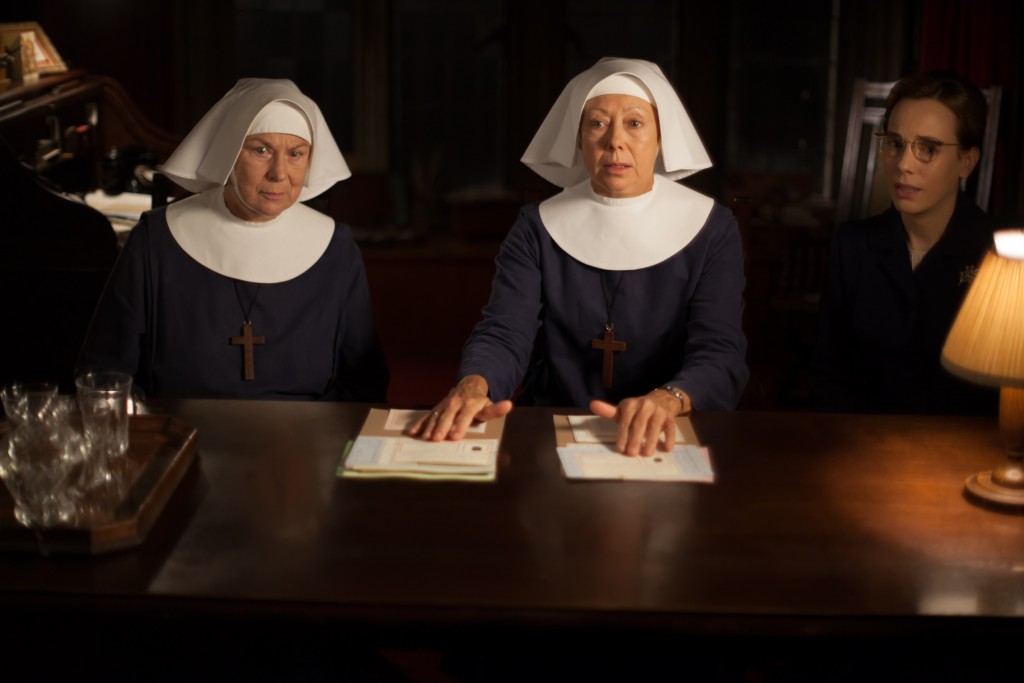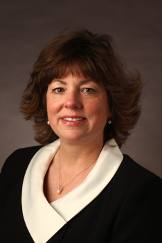For the fourth season in a row, we are honored to have the faculty of the Vanderbilt School of Nursing back to guest blog for us each Monday morning about the previous night’s episode of Call the Midwife, airing Sundays on NPT and PBS Stations nationwide at 7 p.m. CDT through May 17. Check in every Monday morning for historical and contemporary context on the show along with some fun discussion. SPOILER ALERT: Be aware that some posts may contain spoilers.

By Michelle Collins
 I imagine that many people watching this episode wondered if they had tuned into Call the Nurse rather than Call the Midwife given the storyline of the elderly couple (he with bedsores, she with a diagnosis of breast cancer). What many viewers may not know is that midwives in the U.K. during the show’s time period functioned as community nurses as well. Thus, the midwives rotated between stints attending to pregnant women and providing general nursing care to the public at large.
I imagine that many people watching this episode wondered if they had tuned into Call the Nurse rather than Call the Midwife given the storyline of the elderly couple (he with bedsores, she with a diagnosis of breast cancer). What many viewers may not know is that midwives in the U.K. during the show’s time period functioned as community nurses as well. Thus, the midwives rotated between stints attending to pregnant women and providing general nursing care to the public at large.
Today’s version of this is the certified nurse-midwife (CNM), educated in two disciplines: nursing and midwifery. CNMs provide primary care to women from adolescence to beyond menopause. Primary care includes health maintenance and promotion; disease prevention; counseling; client education; and the diagnosis and treatment of acute and chronic illnesses. What this definition means in real terms is that we CMNs see clients for annual preventative wellness exams, performing the following when indicated: Pap testing; sexually transmitted infection testing; cholesterol evaluation; thyroid testing; infertility evaluation; preconception assessment and counseling; menopausal management; diagnosis and treatment of cervical abnormalities after abnormal Pap results; treatment of acute and chronic illnesses like ear infections; strep throat; upper respiratory infections; asthma – just to name a few. CNMs also care for newborns during the first 28 days of their lives.
In this episode, I particularly enjoyed the illustration of how science is translated into practice, wherein midwife Barbara Gilbert (portrayed by Charlotte Ritchie) suggests an alternative treatment for the elderly man’s bedsores. At the time, the treatment for bedsores (or pressure ulcers as they are known, seen in bedridden individuals) was to cleanse them with hydrogen peroxide and “seal” over the wound with egg white. In the episode, Nurse Gilbert mentions to Nurse Miller (played by Bryony Hannah) that she has heard of a study in which simply repositioning the patient every two hours (without using any peroxide) is more effective for healing. Interestingly, though people still reach for the peroxide to clean wounds, it was proven several years ago that not only is peroxide unhelpful in wound healing, but it can actually impede the healing process. For the conscientious midwife, incorporating science to improve our care is a never-ending endeavor.
The final theme I drew from this episode was that of the sisterhood of midwives. When Sister Evangelina (played by Pam Ferris) made a dreadful error in mixing up two babies during a fire evacuation, her sister midwife colleagues (sisters in more than one way, since they were also nuns!) did not hesitate to step to her side proclaiming “we are family and we will face this together.” No matter the midwife’s gender, there is a “sisterhood” that draws us together, binds us in purpose, and empowers us to go forward when we stumble. When one midwife falters, the others (ideally) gather around and carry her/him forward. In this way, midwives are continually “midwifing” each other. Midwifery is so much more than a career path; it is really a philosophy for all of life.
Michelle Collins Ph.D., CNM, is an Associate Professor of Nursing, Director Nurse-Midwifery Program, at Vanderbilt University School of Nursing.